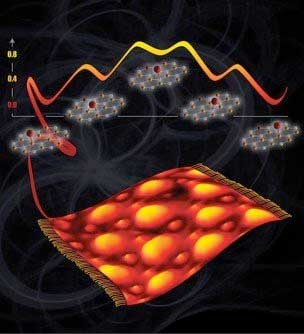
Thursday, October 18, 2018
Placing atoms for optimum catalysts
Study provides insight into how nanoparticles interact with biological systems
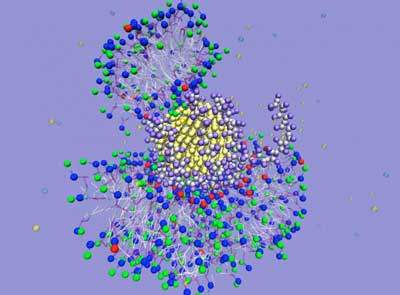
Nanocages in the lab and in the computer: How DNA-based dendrimers transport nanoparticles
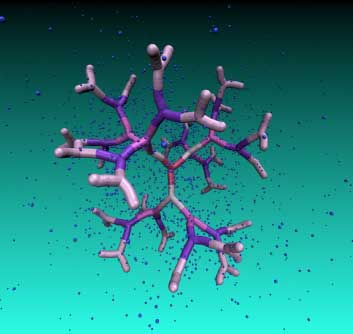
Scientists find unusual behavior in topological material

Future data storage technology - Extremely small magnetic nanostructures with invisibility cloak imaged
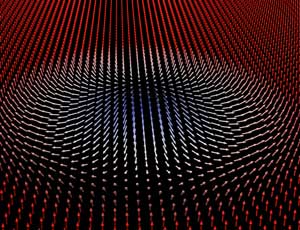
New machine learning framework could lead to breakthroughs in material design
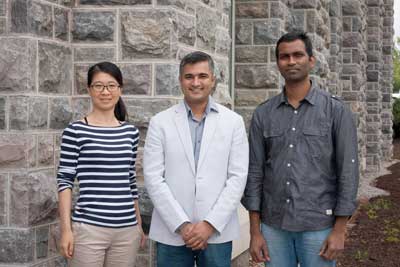
Carbon fiber can store energy in the body of a vehicle
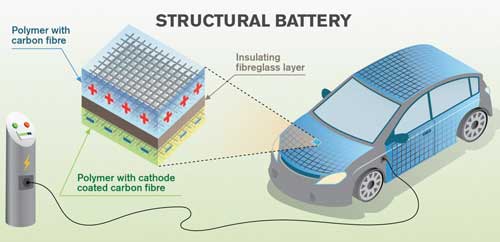
What does graphene do in our lungs?

Subscribe to:
Comments (Atom)
